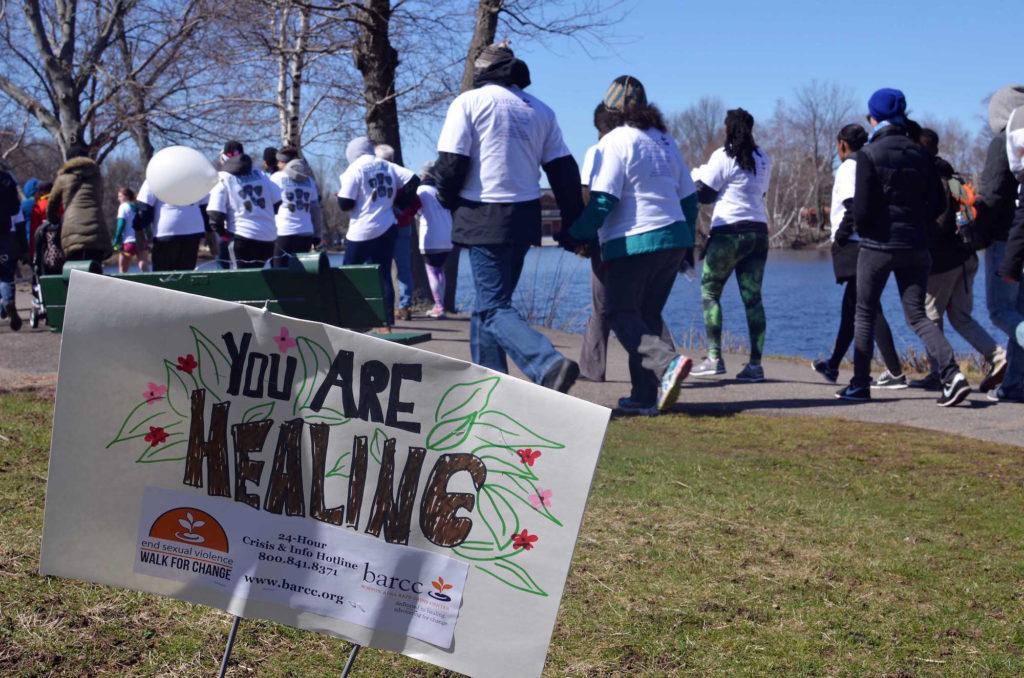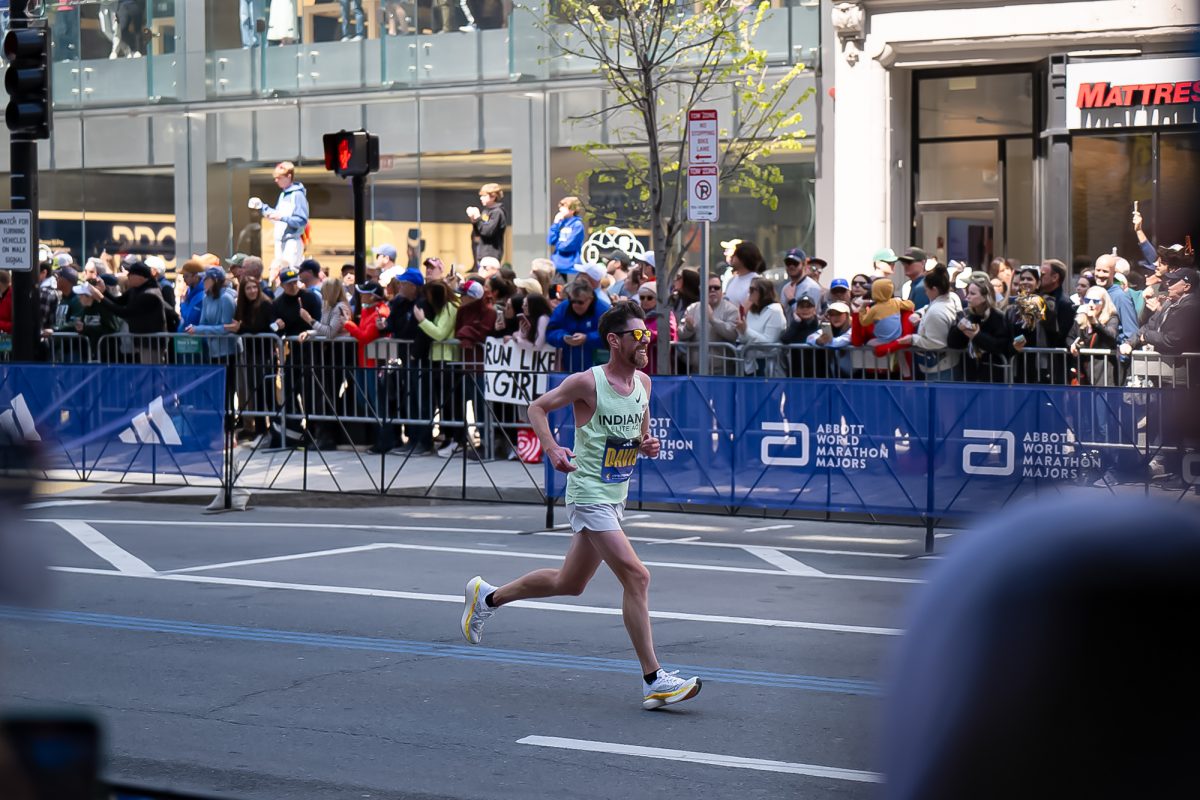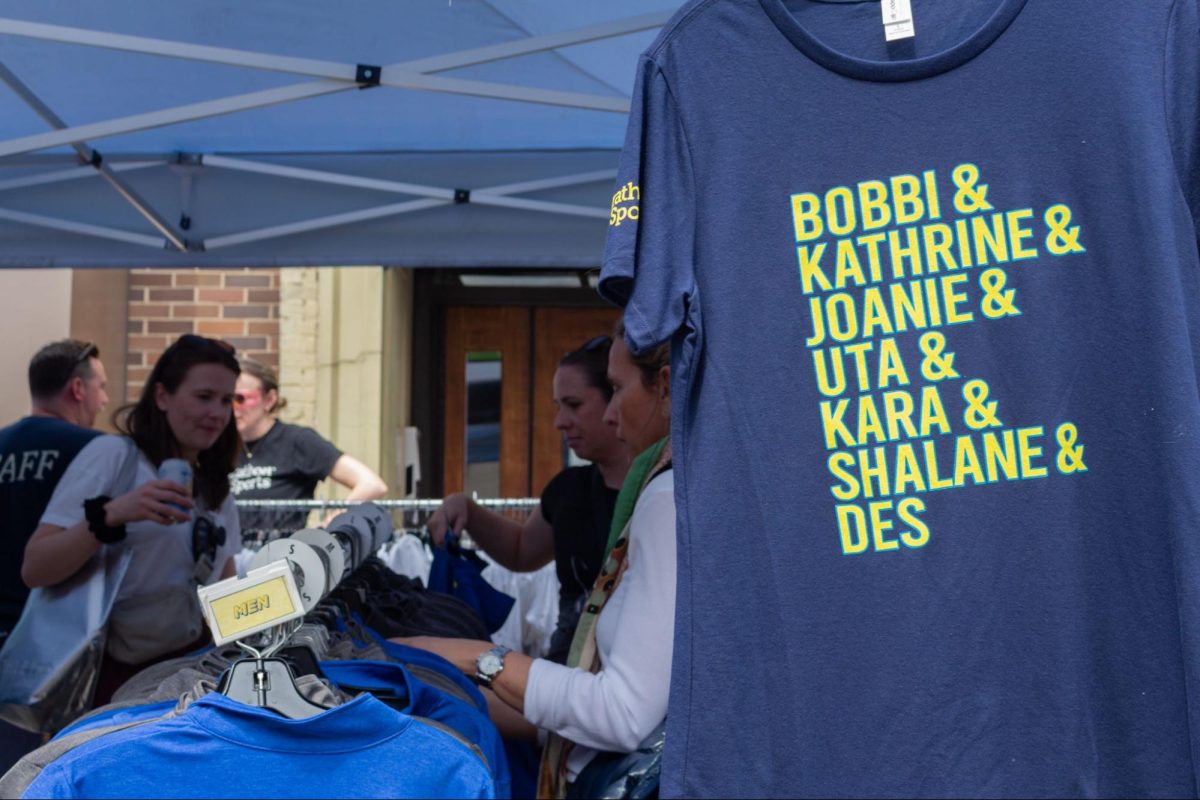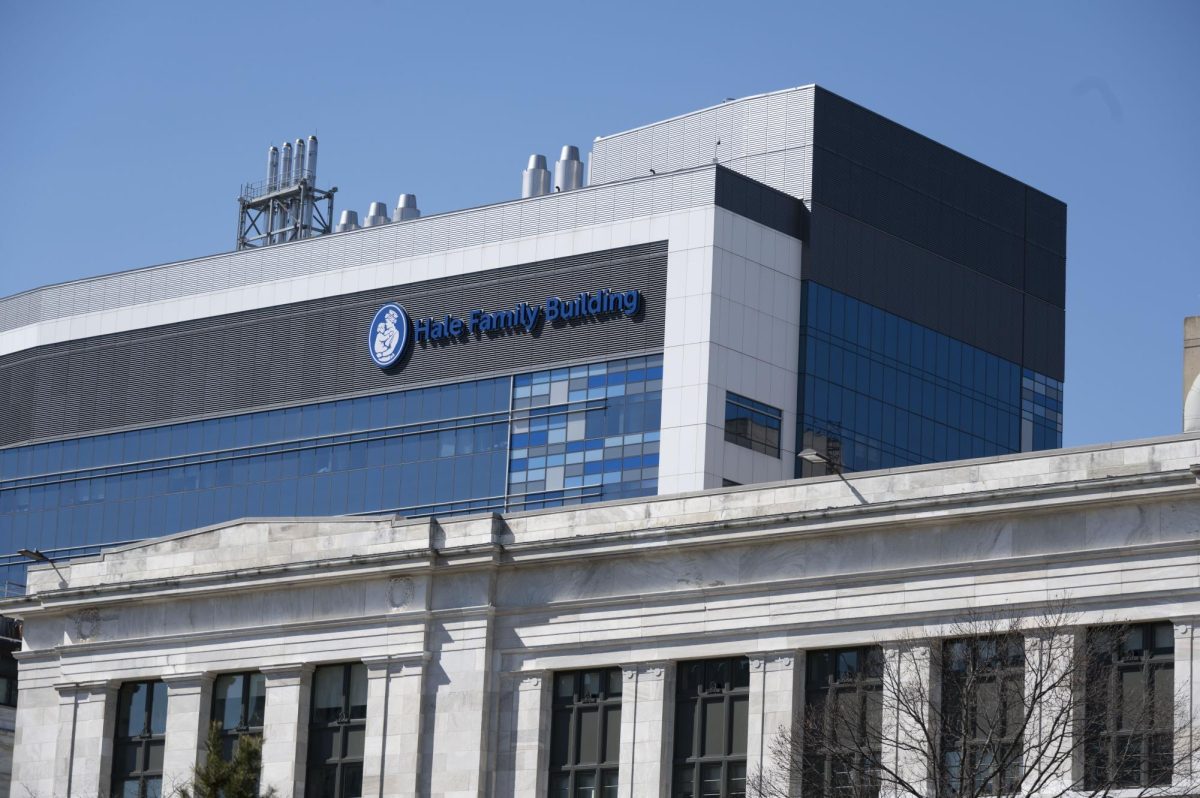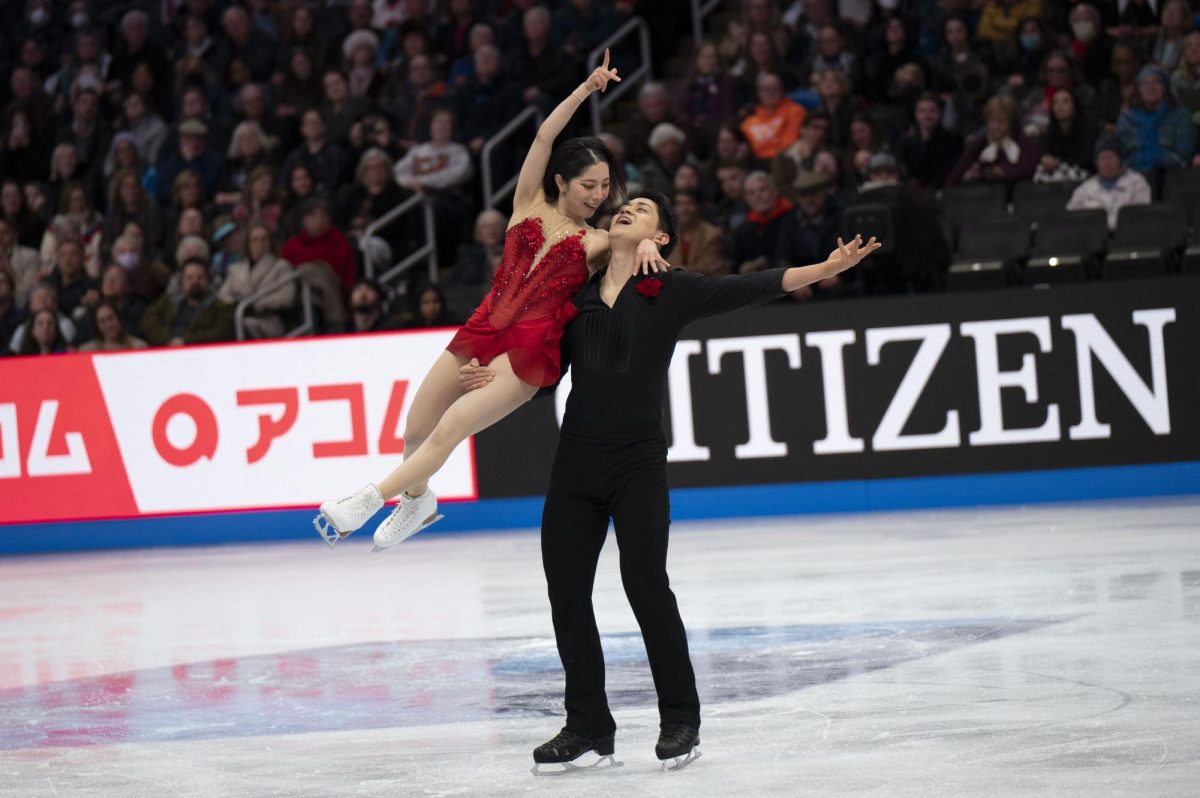By Will Angell-James, news correspondent
A line of shirts hung in both bright and muted colors, red next to white next to gray. A sign explained that this was called the Clothesline Project, where people who were victims of sexual violence could tell their stories or open a dialogue on sexual assault and rape. One statistic on a shirt read that one in four women and one in seven men are victims of sexual violence over the course of their life.
The Clothesline Project was only one scene at the Boston Area Rape Crisis Center’s (BARCC) Walk For Change. Around 5,000 people gathered in Brighton’s Artesani Park on Sunday, April 10 to raise both awareness and money for BARCC. From the park, people traversed a 2.5-mile loop for the 10th anniversary of the walk. Their motto: “There’s strength in numbers. Walk with us. Together we can end sexual violence.”
This mantra epitomizes the event’s goal – to help provide free support to victims, friends and families affected by sexual violence. BARCC offers free services for survivors and families.
BARCC executive director Gina Scaramella said that her organization offers hope to those in and around Massachusetts. As it is the second rape crisis center in the US, Scaramella said she is proud of BARCC’s work.
“I think we’ve been a model program, considering we’re the first of its kind in Boston,” Scaramella said. “It’s a way that we can create a community around our mission, which is to end sexual violence.”
Founded in 1973, BARCC is the only rape crisis center in the Greater Boston Area and the oldest in Massachusetts. Events like Walk for Change raise funds to provide both survivors and families 24-hour hotline, 24-hour medical advocacy and individual and group counseling, as well as financial and legal advocacy. The organization receives around 5,000 calls per year, all of which are fueled by fundraising campaigns like Walk For Change.
In kicking off April’s Sexual Assault Awareness Month, BARCC raised more money than organizers expected. The running total is $155,000, with money still coming in. Scaramella said that by raising money, people are giving more than a donation.
“It’s a chance for people to think about how they can contribute,” Scaramella said.
Beth Molnar, an associate health sciences professor at Northeastern University, has been involved with BARCC for almost 20 years. She said volunteers are essential to make organizations like BARCC flourish.
“They are really important,” she said. “I work as hard as I can to get friends and family to come and support our cause.”
BARCC consists of 27 full-time staff members and 120 to 140 volunteer workers. Molnar said BARCC can educate communities like Northeastern about rape prevention and coping.
“It is important to be a better bystander […] as well as recognizing consent,” Molnar said. “Every campus can do more.”
Walk attendee and Northeastern graduate Kara Blue has dedicated much of her time to rape prevention services. She now works for Transition House, an organization that aims to stop domestic violence.
“When I go to their [BARCC’s] larger events […] I look around at all of the attendees and feel like we are making small changes and taking steps forward in combating all issues encompassed within sexual assault,” Blue said.
While many from the Northeastern community were there, the walk was made up of concerned Bostonians who wanted to stand united against sexual assault.
“It was a really large event, and it helps bring the people of Boston together,” said veteran Walk For Change participant, Evelyn Milford.
Through BARCC’s services, Blue hopes the rape crisis center will eventually end incidences of sexual assault.
“I feel that BARCC is a beacon of hope for survivors and allies alike; the hope that one day we won’t have to fight this fight anymore,” Blue said.
Photo by Robert Smith


